Lee Hopkins is one of Australia’s more high profile Second Life residents who makes a living talking and consulting on social media and business communication strategy. On top of that, Lee’s immersed in completing a PhD with a virtual world focus, so I took the opportunity to nail Lee down for an interview.

Lowell: Lee, you’re best known for your consultancy work in regard to social media – is that what led you to explore Second Life initially?
Lee: It all started with Shel Holtz (a business communication expert from North America) mentioning it on ‘For Immediate Release’, the industry podcast for business communicators. He and several others became excited about the arrival of yet another channel of communication that the corporate world had to get its collective head around. This was all about two years after blogging just started to get going, so I am guessing around 2006 was when Second Life came across my radar.
Shel and his podcasting colleague Neville Hobson had been right about the growing importance of blogging and then podcasting, so I figured I’d grant them a ‘three out of three’ about Second Life as well. I joined up and started developing my own experiences and understanding of it as a direct result of them.
Lowell: Can you recall that first experience with SL? Did it click for you right away or did the infamous orientation experience put you off?
Lee: That first experience was a nightmare. Let’s not forget that this is Australia, so our broadband is a lot worse than our North American, European and even Asian friends enjoy. It was slow, my computer’s graphics card was struggling, I didn’t understand why no matter how far I flew, land kept being built and populated in front of me faster than I could stop and buy it.
And Orientation Island! Argghh! I reckon it’s actually gotten worse, not better. I had no other virtual world to compare it to, not being a gamer or anything like that, but I don’t recall being frustrated by it. Well, not *overly* frustrated, anyway. It was such a new experience, and the interface so slow and clunky, that I must have found *something* worthwhile enough to make me stay. Probably its novelty for me.
Lowell: What in SL led you to become a long-term user?
Lee: Goodness, that makes me sound like a heroin addict! (laughs) – “Second Life becomes my homeâ€, confesses 50-year old cracker. I guess that I became convinced of the power of 3D virtual worlds to bypass some of the normal ‘static’ and reach out in new ways to people. That sounds confusing, so let me give you an example:
My wife is a nurse and, let it be understood, considers the computer the spawn of the Devil. She hates them with a passion only reserved for me when I do something wrong (you know, like when I breath or something – every husband reading this will understand). She resents the amount of time I spend ‘playing’ (as she calls it) on my computer rather than doing something useful – and this is before we even start talking about Second Life, and remembering that I don’t play computer games. For me, the PC is about work and networking with colleagues around the globe.
Yet, when I showed her Second Life (albeit a movie on YouTube about it) she instantly understood and said, “I can see how this would be perfect for business and the health systemâ€. After I picked up my jaw from the floor and reinserted it, I passed out. On coming to, I asked if I had heard her correctly – the woman who believes the PC is the work of the AntiChrist *instantly* and intuitively saw the value of 3D worlds like Second Life. To this day I still haven’t quite recovered…
As for what keeps me in Second Life, it is a combination of things. One, the belief that the 3D virtual world will grow to be the force that the pundits proclaim it will be, that it will become a part of our everyday web experience within a few short years. Two, and following on from point one, that I need to keep abreast of developments. Not necessarily so that I need to live and breathe it (I have, after all, other work that I need to get done in order to pay the bills), but enough to be able to speak knowledgeably and confidently about Second Life from a business perspective.
Three, that I have discovered parts of myself I never knew I had, or rather have uncovered parts that had lain dormant and only hinted at their presence.
For example, when I was in the RAAF many years ago I was based for a while in Penang, Malaysia. Whilst there I found a great tailor who made clothes to my design for next to nothing. I loved designing clothes, taking what in academia we call a ‘bricolage’ approach – that is, like a magpie, just stealing bits from here and there to make something different than just the sum of the parts. But I had forgotten about all that shortly after returning to Australia, where cheap tailors and fabrics were not so easily accessible as they were on the streets of Penang in the mid Eighties. So when I found the vast array of clothes to be had in Second Life, my love of clothing re-emerged and I said to myself, in the words of a great quiz show, “Let’s go shopping!â€
Let me whisk back to my childhood. One of my favourite toys was ‘Action Man’; not today’s ‘only does one thing and so you need to buy loads of them’ rubber toy, but a UK version of ‘GI Joe’ where you only needed the one figure but could buy loads of different outfits and accessories – guns, tanks, planes, helicopters, knives, grenades, mortars, etc. – to help you live out your boyish killing and war fantasies. Fast forward to today and in Second Life you can have the one ‘toy’ that you can kit out with all manner of accoutrements – my personal favourite hobby at the moment is looking like the robot from that seminal 1970s show ‘Lost In Space’, complete with “Danger, Danger, Will Robinson!†voice. I also found a ready and easy way to create my own adult Barbie and, like many males in Second Life I’m sure, created female alts and dressed them in skins and clothing that our ideal lovers would look like and wear.

Now, I also combined my female alts into my business operations. (Steady, boys!). We all know that ‘sex sells’: there is tons of academic research to show that men AND women prefer to look at attractive women than attractive men; the gaze lasts longer, and so on. We also know that beautiful people in general are more likely to be attributed as honest, trustworthy, smarter, faster, harder working, and so on. The reasons why are for another day, but the shocking truth is that the beautiful people are given luxuries and access that we ‘common folk’ can only dream of. So I created my two female alts to be my in-world business representatives. By hooking them up with MyCyberTwin.com’s fabulous and comprehensively pre-scripted artificial intelligence engine, and attaching an ‘anti-idle’ script to the alts, and then making a cup of *really* hot tea, I can be fast asleep and my two alts can be in-world, talking with other avatars and generally being my Customer Service Representatives, even while admitting in their profiles that they are mere robots.
They will also soon appear in a comic series, ‘The Exciting Adventures of Penny and Isabella’, the first issue of which will hopefully be published in three days’ time. I don’t want to give the plot away, but in essence the girls and I are a business communications consultancy that solves real business issues through the power of social media.
The final, and arguably most important reason, why I stay in Second Life is that my PhD is focusing on it, but you’ll no doubt ask me about that in a minute…
Lowell: To some the social media link to virtual worlds is intrinsic. To the broader public though, how would you explain the power of virtual worlds from a social media viewpoint?
Lee: If one accepts that social media is all about the new-found technologically-empowered individual able to engage globally in conversation and dialogue with others of similar interests and passions, then the 3D virtual world is a mere extension of that.
Instead of an often non-linear and time-interrupted conversation that occurs, say, over an email exchange, the technology of social media allows us the choice to engage either in real-time conversations or time-interrupted ones. It also allows us to choose between text, vision, audio or any combination of them. In addition, it allows us to enjoy that conversation either in a one-to-one, one-to-many, many-to-many or many-to-one mode. 3D virtual worlds like Second Life allow us to take that freedom one step further and inject aspects of our personality into the stream, through our sense of dress, or the environment we prefer to be seen in, our real or imagined gender, and so on.
We also have the freedom (and with it the responsibility to safeguard that freedom) to say what we think – which means calling someone a ‘tosser’ for having adult-lingerie Barbies if you want.
Click here for Part 2 of the interview (this will be available from 9am AEST on the 18th December 2008)
 Anyone who hasn’t yet grasped the momentum building in the virtual worlds sphere, hasn’t seen the ever-growing pile of white papers being released. Another example from the past week or so comes from the US-based non-profit entity,
Anyone who hasn’t yet grasped the momentum building in the virtual worlds sphere, hasn’t seen the ever-growing pile of white papers being released. Another example from the past week or so comes from the US-based non-profit entity, 
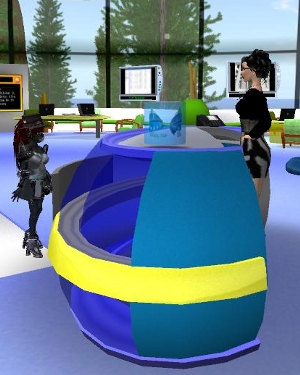
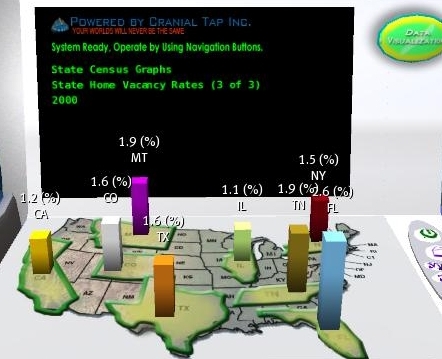
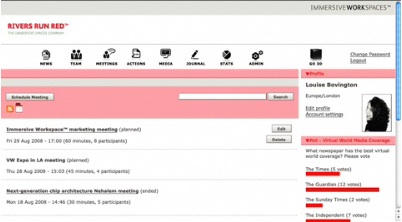
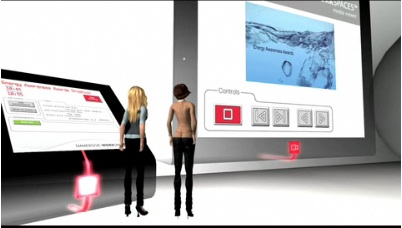
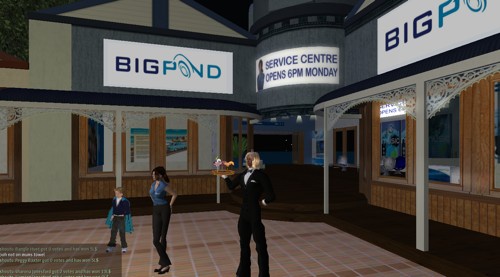

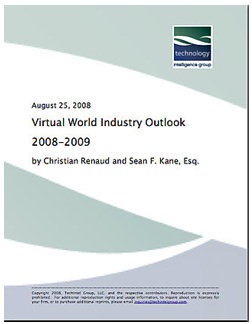

Recent Comments